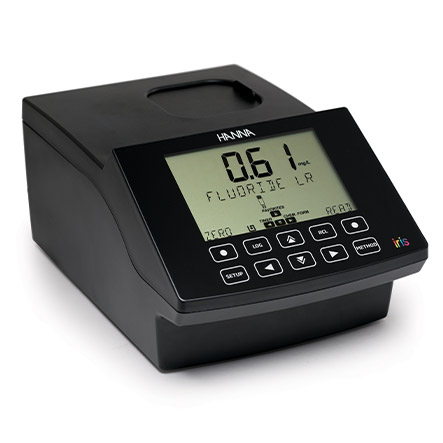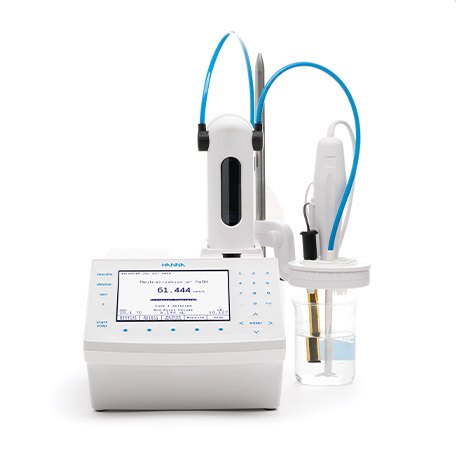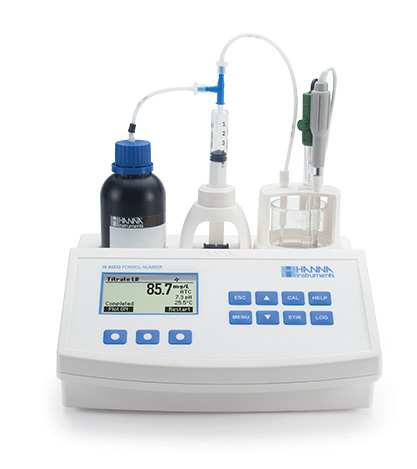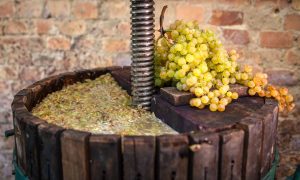In the wine industry, one of the most important components in the grape, after sugar, is nitrogen. It is important to the development and stability of wine, and is an essential nutrient for yeast, allowing for healthy and timely fermentations. During the growing season, nitrogen is taken up by the plant in several forms. The main measurement of concern for yeast nutritional needs in winemaking is what’s called YAN, or Yeast Assimilable Nitrogen.

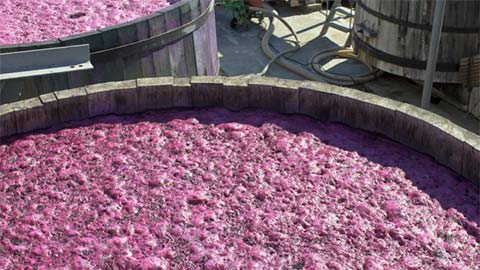
This is actually a combination of two separate measurements – the ammonia available in grape juice, as well as the complex of alpha-amino acid compounds referred to as FAN (Free Amino Nitrogen) that yeast will absorb and process for their nutritional needs. The two measured separately and combined provide the overall nutrient profile, or YAN, of your grape juice. Each is present in grapes ranging from 28 to 336 mg nitrogen from amino acids/L and 24 to 209 mg ammonia nitrogen/L respectively.
Nitrogen available for yeast can vary by region or vineyard and amino acid content of fruit can be affected by mold. It is important to have an appropriate level of YAN going into fermentation. Deficiencies in yeast assimilable nitrogen can lead to sluggish or stuck fermentations that may result in unwanted byproducts. Under optimal conditions, a minimum YAN concentration of 140 mg total nitrogen/L is recommended with upwards of 400 to 500 mg total nitrogen/L suggested for a maximum fermentation rate.
Early detection of nitrogen deficiency in grapes and juice can enable winemakers to make informed decisions regarding nitrogen additions using inorganic nitrogen (di-ammonium phosphate; DAP) or organic nitrogen (proprietary yeast supplements). The goal of monitoring YAN in the wine lab is to check for nutritional sufficiency in your base juice, then to optimize your supplementation protocols to provide the ideal amounts for the yeast. Too little YAN in your juice, and you risk stuck fermentation from nutrient starvation. Excess YAN however can also cause issues in the cellar; primarily the production of negative aroma compounds, or the possibility of unwanted and opportunistic spoilage microbes having their nutritional needs enhanced as well.


Importance of taking a proper sample
Juice samples are the best for the testing and they should be clarified for non-skin contact cultivars. You should take the samples ad close to harvesting as possible. Take in consideration that fermenting juice will give misleading results.

Measuring YAN in wine juice
There are two common methods for most wine laboratories to measure their YAN values in juice: spectrophotometer and formol titration.
YAN by spectrophotometer
YAN by spectrophotometer is typically the more common method of the two as it produces less chemical waste, and once the initial hardware purchases are made, costs are generally low with the only major consumable being the enzyme testing kits. Ammonia and FAN are analyzed separately and the combined results of the two produce an overall YAN value. Spectrophotometric testing can have some variability as precision with very small sample volume delivery is necessary.
HI801
iris Spectrophotometer
The HI801 Iris is a sleek and intuitive spectrophotometer that allows for measurement of all wavelengths of visible light.
Customize your methods, take a wide range of measurements, and feel confident in your testing accuracy with iris.
- Iris features precise wavelength selection between 340 nm to 900 nm for complete method compliance and accuracy that is necessary in industries like professional laboratories, water treatment facilities, wineries, and more.
- Results are consistent and accurate regardless of throughput with the high quality and uniquely designed optics system.
- Customization options include multiple cuvette shapes and sizes, custom calibration curves, and methods.
The titration method for YAN
The titration method for YAN is a two-step process that involves a simple acid/base titration to reach an initial endpoint for the wine sample.
That sample is then treated with a formaldehyde reagent which interacts with the ammonia and amino acids in solution to form an acidic product that reduces the pH.
A second acid/base titration is then performed giving the resulting mg/L equivalents according to known reagent concentrations. Initial investments are in the titration equipment, with repeat costs in reagent consumables and in disposal of the formaldehyde reagent which requires handling as a toxic chemical. Manual titration has increased variability, which can be minimized by use of autotitration systems.
For measuring YAN by titration Hanna Instruments several options!
HI931
Automatic Potentiometric Titrator
The HI931 Automatic Titrator is the answer to your dedicated titration needs. Fully customizable, the HI931 delivers accurate results and intuitive user experience, all in a compact package. Titrate for a variety of measurements at the push of a button including acids, bases, redox, and selective ions. No additional programming upgrades to purchase. The only things you need to start using the HI931 are a sensor and titrant.
- Small footprint so you can fully optimize your benchtop.
- Unmatched 40,000-step dosing pump for small volumes of titrant to help you achieve a very precise endpoint for greater consistency.
- Flexibility to store up to 100 methods.
HI84533
Mini Titrator for Measuring Formol
Number in Wine and Fruit Juice
Number in Wine and Fruit Juice
The HI84533-02 is a simple, fast, and affordable automatic mini titrator designed for testing formol number in wines or fruit juices. Based on an acid-base titration method, this mini titrator uses an optimized pre-programmed method of analysis with a powerful algorithm that determines the completion of the titration reaction by the use of a glass body pH electrode. The HI84533U-01 incorporates a precision piston style dosing pump that adjusts the volume of dosing dynamically based on the voltage change. This dosing system reduces the amount of time required for the titration while providing for a highly accurate determination of the amount of titrant used. This mini titrator is supplied complete with all the materials necessary to perform low and high range formol measurements. All chemicals are premixed and prepackaged including standardized titrants, reagents and pump calibration solution. There is no need for volumetric glassware or analytical balances.
- Complete with glass double junction pH electrode
- Pre-standardized titrant and pre-measured reagents
- Piston driven pump for accurate dynamic dosing
Author:
Tajana Mokrović, mag.nutr.
Tajana Mokrović, mag.nutr.

